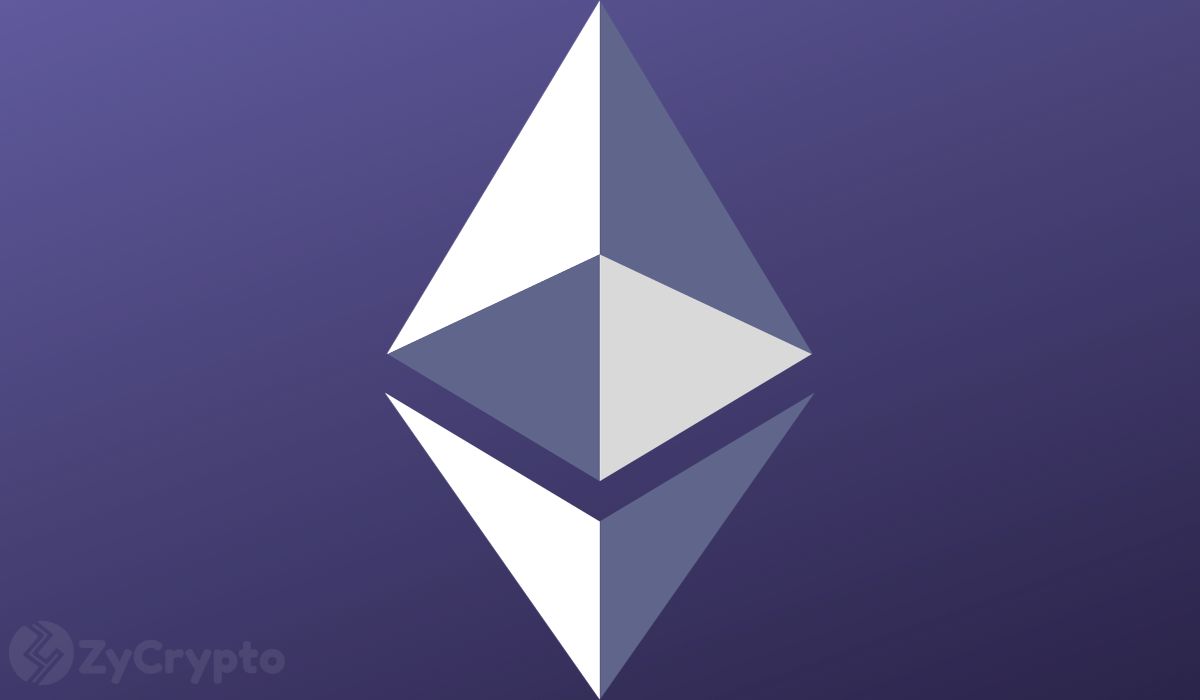
2023-11-2 20:14 |
Ethereum co-founder Vitalik Buterin has provided insights into the dynamic and evolving landscape of Ethereum’s layer-2 ecosystem. Buterin’s analysis, published on his blog on Tuesday, October 31, delved into the diverse approaches to scale the Ethereum network while maintaining security and usability.
The Ethereum layer-2 ecosystem has grown significantly over the past year, with multiple layer-2 protocols and solutions emerging. Among the notable advancements have been Ethereum Virtual Machine (EVM) rollups, including Arbitrum, Optimism and Scroll, which have made substantial progress in enhancing security and scaling capabilities. Additionally, there are “almost-EVMs” like zkSync, extensions like Arbitrum Stylus, and broader efforts like Starknet and Fuel.
However, one of the significant trends in the layer-2 space has been the increasing heterogeneity of projects. Buterin noted that he expects this trend to continue for several reasons. First, some projects operating as independent layer-1 blockchains want to integrate with the Ethereum ecosystem and transition into layer-2 solutions.
However, Buterin noted that a gradual transition is preferred, as the technology is not yet fully ready to transition everything to a rollup.
“Transitioning all at once now would cause a decrease in usability, as the technology is not yet ready to put everything on a roll up. Transitioning all at once later risks sacrificing momentum and being too late to be meaningful.” Buterin wrote.
The crypto mogul also highlighted that centralized projects explore blockchain-based solutions to enhance user security. While these projects may not require the full decentralization of a rollup, they still seek a middle-ground solution. Their high throughput and specific needs may not be suitable for rollups in the short term, as per Buterin.
He further noted that Non-financial applications, such as games and social media, desire decentralization but may not require the same level of security as financial applications. Different parts of these applications can be treated differently, with high-value activities like username registration and account recovery being done on a rollup. In contrast, lower-value activities like posts and votes may require less security.
Buterin also emphasized that the cost of using rollups is a crucial consideration, especially for users from outside the blockchain world. Users are more likely to accept higher fees if they are already accustomed to paying higher prices for on-chain interactions.
That said, as Ethereum continues to evolve, it is clear that layer-2 scaling solutions will play a critical role in the network’s development. With Ethereum’s next scheduled hard fork introducing “proto-dank sharding” and improving data availability, the ecosystem is poised for further growth and development in the coming years.
origin »Ethereum (ETH) на Currencies.ru
|
|

